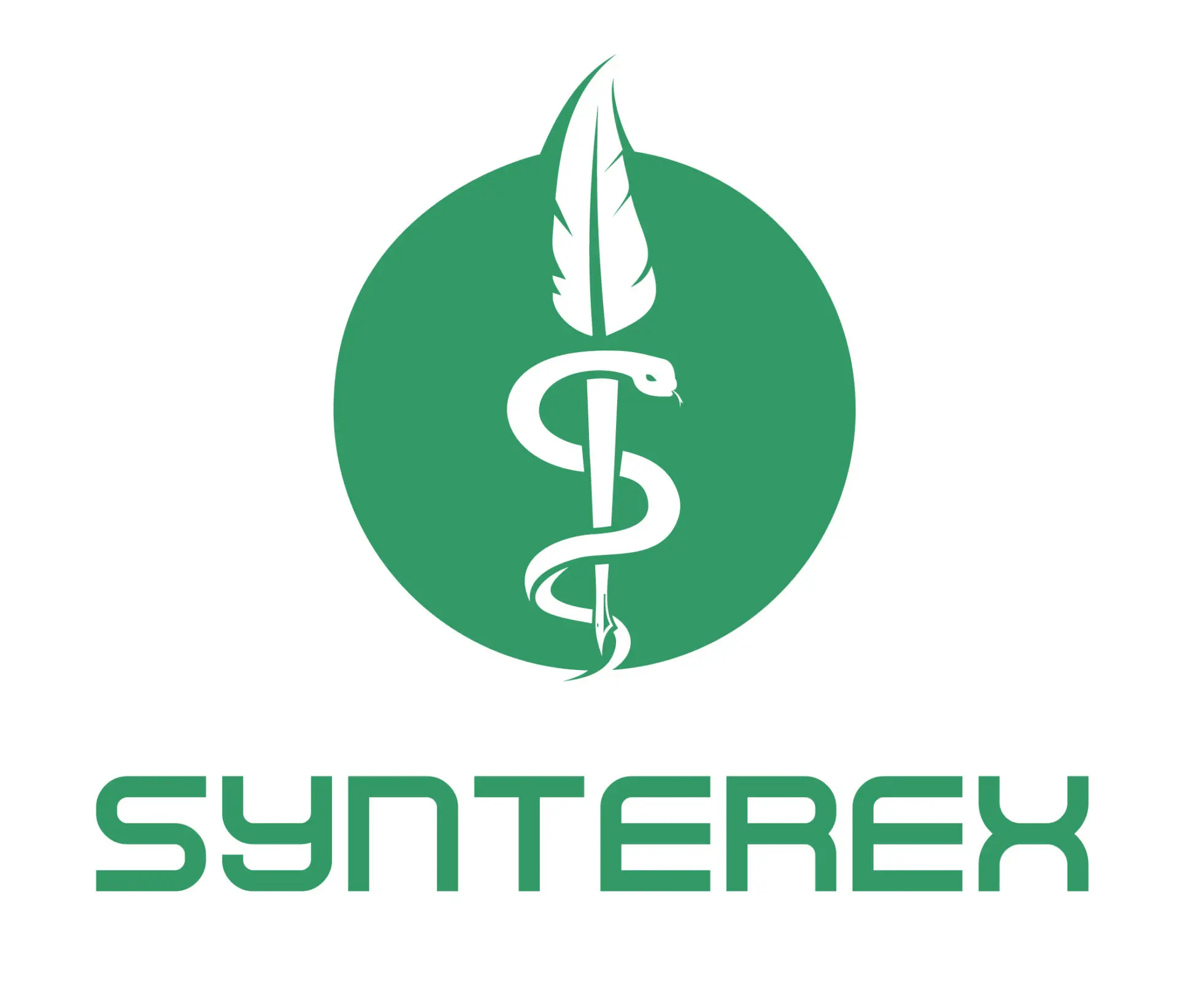Establishing early alignment with the FDA on the rolling submission approach is pivotal to your success. Before you initiate any submission activities, ensure you have secured the FDA’s agreement on both the timing and the scope of your rolling submission. This early communication ensures that there are no surprises later and allows both you and the FDA to plan for the review in a more structured and predictable manner.
Pro Tip: A formal pre-submission meeting with the FDA is recommended to clarify expectations and agree on the best approach for your specific product.
Understand the Risks and Plan Mitigations
While a rolling submission can fast-track certain aspects of regulatory review, it also introduces unique risks. It’s important to have a comprehensive risk management plan that identifies potential pitfalls and their mitigations. For example, if a portion of your submission is delayed, it could create bottlenecks in the review process or even erode your credibility with regulators and investors.
Some risks to evaluate include:
- Data gaps in early modules
- Changes in the regulatory landscape
- Manufacturing delays or issues with supply chain readiness
Ensure that you have contingency plans in place to address these risks proactively, and if a part of your plan could benefit from more mature data or planning, then a rolling submission might not add value over a later submission of all components together at once.
Coordinate with Strategic Partners
Aligning internally is only one part of the equation. You also need to ensure that your strategic partners—whether they are contract research organizations (CROs), manufacturers, or other collaborators—are on the same page regarding timelines and deliverables. This coordination is vital for minimizing delays and ensuring all parties understand their roles and responsibilities.
Your external partners play a critical role in the success of your rolling submission, so be sure to maintain open lines of communication and regularly assess progress toward key milestones.
Be Cautious with External Communications
Once you commit to a rolling submission timeline, be careful with how you communicate it externally. Publicly disclosing specific timelines can generate expectations among investors, partners, and the broader market. If these expectations aren’t met due to unforeseen challenges, it could negatively impact your company’s reputation and valuation.
Make sure that before you go public with a submission date, you have internal and external alignment on all aspects of your rolling submission. Keep communication clear but flexible, allowing room for adjustments if necessary.
Final Thoughts
Deciding to submit your NDA or BLA on a rolling basis can offer strategic advantages, but it also demands meticulous planning and collaboration. The key to success lies in early alignment with the FDA, a robust risk management strategy, and seamless coordination with all strategic partners. Only after you’ve fully assessed these factors should you finalize any timelines for external communications. With thoughtful preparation, a rolling submission can help you achieve faster approval and bring your product to market more efficiently.
Need help deciding if a rolling submission is for you? Reach out to us at Reach out to us at info@synterex.com or 888-760-9906.
Read more about writing regulatory submissions!
